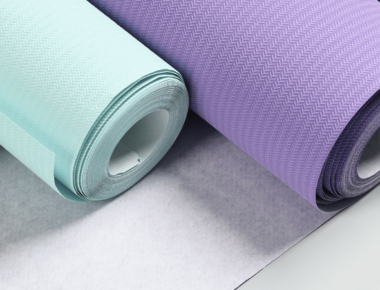House colour - Can you paint my house any colour I want?
Look down the street, and you’ll probably notice that most houses are the same few colours. These tend to be muted, neutral tones that don’t stand out too much. In some neighbourhoods, you won’t see much variety in house colour. So maybe you’ve asked before, “Can I paint my house any colour that I want?”
This is actually a complicated topic, especially with rentals. In some places, there’s nothing legally stopping you from painting a home you own whatever colour you want. But it’s not always the best idea. In other places, colours of a certain colour are brightness is actually illegal.
How do I know if it’s illegal to paint my house a certain colour in my region?
The best way to make sure that you can paint your house the colour you want is to check in with your regional council if you aren’t sure. In some regions, you can’t paint in certain colours, and each council will have their own reasons why if they have such a rule in place. One reason that’s common is that the colour will take away from the beauty of the environment. Some councils don’t like if a house stands out too much and contrasts with the natural landscape. Depending on where you live, this can even include houses in a private area off the road. Make sure to double-check before committing to a paint job you might have to change later on.
House painting for rentals
With the legislation that took effect on 11 February 2021, tenants can make “minor changes” to a property. And they can do so without the landlord’s consent. For larger changes, they can submit a request to the landlord that must be responded to within 21 days.
So where does that leave painting? Interior painting is one of the projects that is right on the borderline between being minor and major; it’s one of those areas that hasn’t been clearly defined yet. Some landlords have outright come out saying they won’t allow painting and will build a clause forbidding it into their tenancy agreements.
If not explicitly stated anywhere, be cautious about painting the walls in a different colour even if it is legal. The law says that any changes made to the property have to be able to be restored to their original condition at the tenant’s cost; so if you paint a wall and a professional painter has to fix it, it could be a huge expense for you!
House painting for owned homes
If you own a home and no rules explicitly forbid you from painting any colour you want, that doesn’t mean you should. Keep in mind that you typically see the same colours for good reason.
Certain colours last longer and hold their vibrancy better than others when it comes to paint. Over time, the paint on the house will start to fade. When it does, the colour could look quite different, meaning you’ll have to choose between repainting or dealing with the new colour. The reason that colours fade is because the product is starting to break down.
LRV Values and paint colours
Why do certain colours fade faster than others? A lot of this has to do with the LRV (Light Reflective value), something professional painters keep in mind when giving you options for colour. The LRV value indicates how much light, and consequently, heat is reflected. Pure black would have a 0% LVR because it aborbs the most while pure white has 100%. This is important for several reasons. One is that for UV protection. Another is because paints below a certain LRV level won’t adhere properly to certain substrates. Why this is important is because some darker colours can be an issue on certain surfaces because the heat causes it to warp over time. They can also fade faster; if they adhere properly at all.
If you want to paint these surfaces with a dark colour, you need a specific kind of paint that limits the effect, but that paint comes a higher price. Resene’s Cool Colour range is a high-quality option for to do this. It also won’t work for every type of substrate, so double-check that you can paint your surface the colour you want before trying to start the job. Some construction companies simply won’t allow certain colours on some surfaces such as linear weatherboard. With others you can actually void your guarantee by going under the recommended LVR value. Often the best choice is to stick to the recommendations to maximise the life of your new paint job.
How long will you live in the house?
Another thing to think about when deciding what colour to paint your house is how long you plan on living in it. A brightly-painted house with clashing colours might appeal to you, but will it to a buyer later on?
Some colours can directly affect the value of the house. The exterior colour may affect the sale of your home. If you want to make a little more out of your house when it’s time to sell, then sticking to more neutral colours is your best bet. But if it’s your forever home, have at it!
Ready for your next paint job?
Are you ready to get your house painted? If you want some tips on what colours would be good for your next repaint, or already have exactly what you want in mind and want a professional team to make it happen, get in touch with us today.



